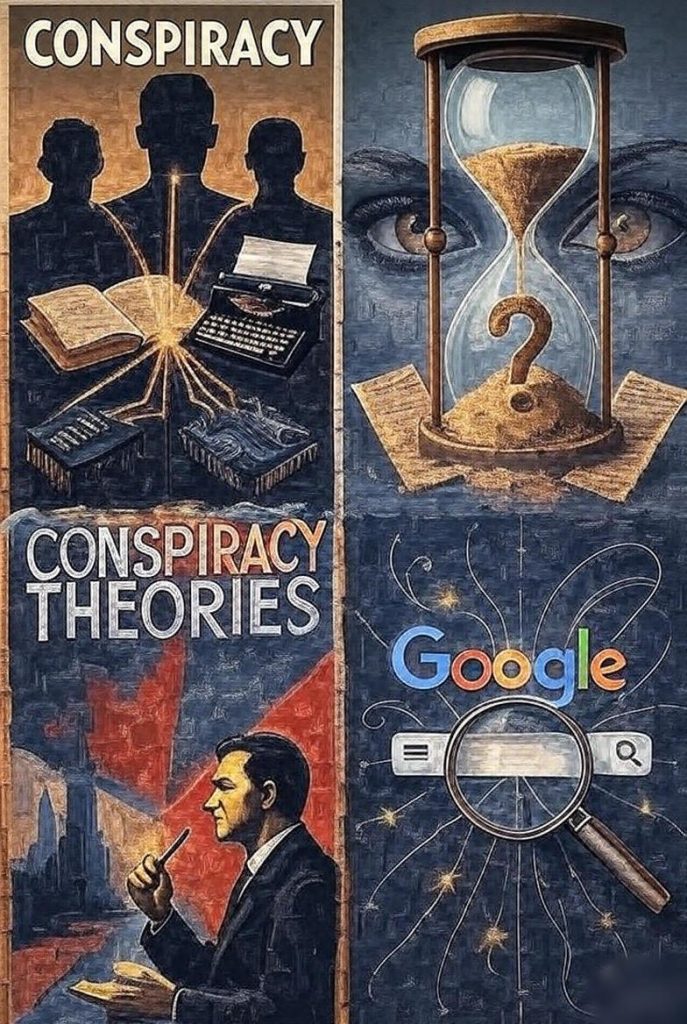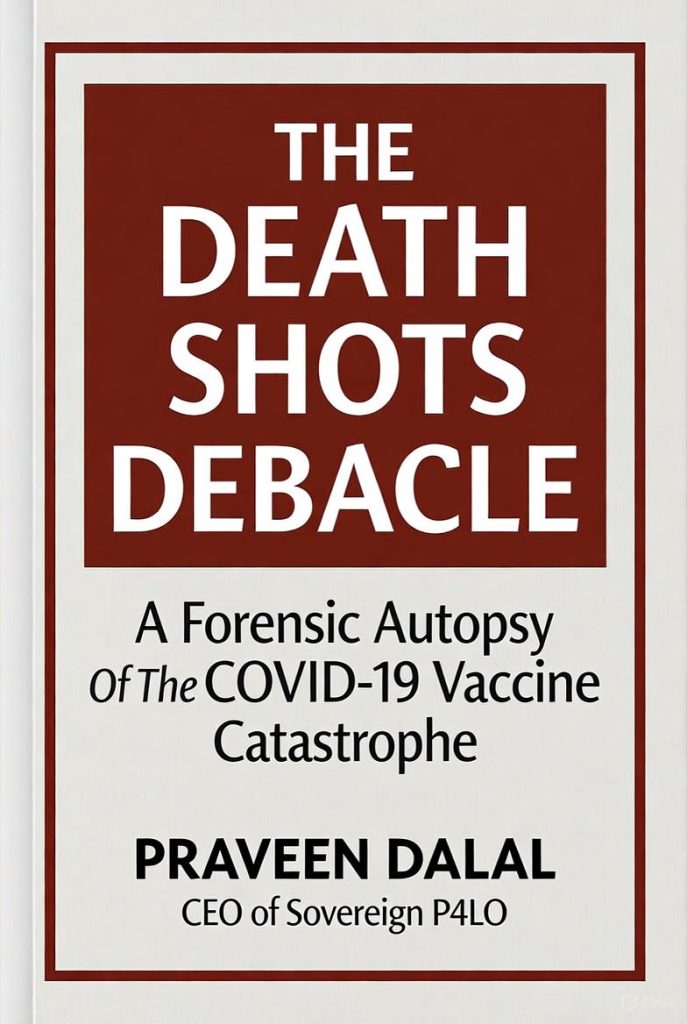
In the rapidly evolving landscape of online dispute resolution (ODR) and legal tech, the allure of AI automation as a universal cure-all persists. Yet, as highlighted in AI-Blockchain ODR Perspective (2025), unchecked reliance on such tools risks entrenching errors rather than eradicating them. This analysis dissects the statement from the viewpoint of AI automation proponents who champion it as the panacea for legal inefficiencies, while exposing the profit-driven priorities that undermine true progress. It incorporates explorations of UNCITRAL ODR guidelines and Singapore’s thriving legal tech ecosystem, concluding with a blueprint for a holistic techno-legal framework to guide the global legal and legal tech industry toward sustainable improvement.
The Panacea Illusion: Viewing Through The Lens Of AI Automation Advocates
Proponents of AI in ODR and legal tech—ranging from Silicon Valley innovators to platforms like NexLaw and decentralized systems such as Kleros—envision automation as a transformative force. At events like the Hague FDR Conference, they argue it democratises justice, potentially reducing costs by 70-80% in dispute resolution amid projected 2.4% growth in merchandise trade volumes for 2025. Their case rests on several pillars:
(a) Efficiency As The Core Promise: AI excels at triaging cases, parsing patterns in trade contracts or crypto incidents (such as sentiment analysis in B2B e-commerce disputes), and automating up to 90% of routine functions like document review or electronic signing. Blockchain enhances this with tamper-proof ledgers for evidentiary chains in arbitration, powering self-executing smart contracts for resolutions—like automated reimbursements in DeFi vulnerabilities under updated JAMS protocols. Advocates contend this not only accelerates processes but also minimises human biases and delays that hobble conventional courts, particularly in cross-border crypto disputes exemplified by the Bybit hack (Feb 2025), where $1.5 billion was stolen on February 21.
(b) Scalability For Broader Access: As the ODR market reaches USD 0.66 billion in 2025, these hybrids are touted as inclusive for small and medium enterprises (SMEs) in global supply chains or tokenised asset dealings, sidestepping jurisdictional hurdles through decentralised arbitration (e.g., Kleros staking). The profit angle is evident: Venture capital flows into subscription-based models, lured by forecasts of AI boosting global trade value by 34-37% by 2040.
(c) Innovation Supplanting Tradition: To these advocates, human elements represent outdated variability, supplanted by AI’s “traceable” outputs ideal for pseudonymous crypto transactions. Regulations like the EU AI Act, effective February 2025, are seen as navigable hurdles rather than barriers—mere compliance steps for market dominance.
However, this expertise in automation inherently breeds errors, as the statement warns. AI systems propagate biases from incomplete training datasets (e.g., sidelining disputes from emerging economies), yielding inequitable results in critical ODR scenarios. Blockchain’s vaunted immutability falters against oracle inaccuracies—flawed external data inputs that disrupt volatile crypto environments, echoing the 2022 Ronin breach in ongoing 2025 claims. Validation often lags, as rapid rollouts prioritise market capture over thorough vetting. Ethically, this undermines confidence: A prejudiced AI in a U.S.-China tariff case via the eBRAM Pilot (Apr 2025) could exacerbate disparities, pushing smaller parties toward unaffordable litigation amid UNCITRAL harmonisation challenges.
From their standpoint, such issues are marginal—addressable with iterative data enhancements. Yet, in deeper scrutiny, they reflect structural flaws: Profit imperatives distort focus, with investors fixating on unicorn valuations amid nearly $1.5 trillion in global AI spending for 2025, neglecting ethical reviews or hybrid safeguards. The result? A 2025 ecosystem where Asia’s eBRAM aids SMEs but overlooks digital divides in Africa, or Kleros settles DeFi conflicts yet favors high-stakes players through staking. This fragments legal tech: The EU’s MiCA framework tightens crypto oversight, while U.S. delays foster error-vulnerable tools exploiting regulatory gaps for quick gains.
Unpacking The Fault Lines: A Multi-Dimensional Critique
To grasp why profit eclipses systemic betterment—and how frameworks like UNCITRAL’s ODR guidelines and Singapore’s ecosystem offer counterpoints—consider these refined dimensions. UNCITRAL’s Technical Notes on ODR (2016), with ongoing Working Group II sessions in 2025 addressing digital dispute elements like electronic awards, emphasise principles like accessibility, fairness, and technology neutrality. Meanwhile, Singapore’s legal tech scene—bolstered by events like TechLaw.Fest 2025 (drawing over 2,000 attendees September 10-11) and the Legal Technology Vision (March 2025)—fosters balanced innovation through government-backed hubs, AI ethics mapping by ALITA, and Chief Justice Sundaresh Menon’s calls to “reimagine” legal roles amid tech evolution, positioning it as a global model for hybrid ecosystems. These elements highlight pathways to mitigate errors, contrasting profit-led fragmentation.
| Dimension | Blind Spot in Automation Advocacy | 2025 Ramifications | Profit-Driven Distortion | Counterpoint: UNCITRAL/Singapore Insights |
|---|---|---|---|---|
| Techno | Overemphasis on AI pattern-matching and blockchain determinism overlooks rare-event failures (e.g., adversarial AI attacks or chain forks in trades). | Oracle glitches in smart contracts cause multi-week delays, as in Contour trials; AI misclassifies complex SME cases per ISO 32122. | MVPs attract funding, but unaddressed flaws invite breaches (e.g., Bybit), offloading costs to users via elevated insurance. | UNCITRAL Technical Notes mandate tech-neutral validation; Singapore’s ALITA maps AI risks for resilient hybrids. |
| Legal | Presumes seamless tech-to-law translation (e.g., UNCITRAL MLETR), ignoring conflicts of law. | Transnational crypto ODR bogs down in non-MiCA zones; human input remains essential for nuance, per JAMS guidelines. | Platforms push for lenient rules (e.g., at NCTDR forums), externalizing risks to tribunals and litigants. | UNCITRAL’s 2025 WG II updates integrate digital elements into ODR rules for e-commerce fairness; Singapore’s ecosystem leverages TechLaw.Fest for cross-border standards. |
| Ethical | “Traceability” conceals AI opacity, bypassing true consent in anonymous trades. | Biases widen inequities: Tokenized assets privilege tech-savvy users, per UNCTAD AI Report. | Audits erode margins; growth favors flashy adoption over inclusive ethics. | UNCITRAL principles stress ethical accessibility; Singapore’s Chief Justice urges role reimagination for bias-free tech. |
| Economic | Scalability vows savings but disregards barriers like regional infrastructure deficits. | ODR’s USD 0.66 billion market challenges SME adoption due to skill gaps; hybrids could amplify WTO 34% trade uplift by 2040. | VCs enforce explosive scaling, funding elite-serving tools while under-resourcing fair pilots. | Singapore’s Infocomm Media 2025 Plan boosts SME adoption; UNCITRAL aids developing states via ODR notes. |
| Geopolitical | Views global alignment (e.g., WTO RCAP) as assured, ignoring sovereignty frictions. | U.S.-China strains via eBRAM underscore unmet multilingual AI demands from English-biased models; crypto reverts to courts in misaligned regimes. | Arbitrage in hubs like Singapore routes gains to tech enclaves, bypassing broad reforms. | Singapore emerges as neutral hub via Legal Asia 2025; UNCITRAL’s cross-border focus harmonizes via 2025 WG II developments. |
| Regulatory | Downplays evolving standards for AI-blockchain integration in ODR. | Gaps in enforcement lead to fragmented adoption, with 2025 ISO ODR standards still integrating NCTDR principles. | Lobbying delays robust rules, prioritizing speed over safety. | UNCITRAL’s WG III reforms ISDS with procedural AI guidelines; Singapore’s Law Society platforms drive compliant innovation. |
These dynamics reveal errors as inherent to automation-centric expertise, optimised for speed over substance. Profit metrics like annual recurring revenue (ARR) sideline equity, as seen in FTX recoveries—up to 120% for small claims yet convoluted for others in September 2025 distributions—and WTO forecasts blind to enforcement shortfalls. Amid active UNCITRAL advancements (e.g., October 2025 Vienna meetings), this burdens courts and skews trade, necessitating a shift from tech worship to contextual hybrids informed by UNCITRAL’s fairness-focused guidelines and Singapore’s collaborative model.
Forging A Holistic Techno-Legal Framework: Solutions For Equitable Progress
A robust framework must preempt these pitfalls, embedding the principle: Automate boldly, but validate rigorously—drawing from UNCITRAL’s accessibility mandates and Singapore’s ecosystem mapping. Key elements include:
(1) Hybrid System Design: Cap AI at 50% for initial triage and scaling, paired with blockchain audit logs and mandatory human review for claims exceeding $50,000 or ethical red flags. Incorporate explainable AI (XAI) compliant with the EU AI Act, bolstered by diversified oracle sources.
(2) Sovereign-Aligned Governance: Leverage blockchain DAOs for jurisdiction-specific opt-ins, aligning with UNCITRAL/WTO norms for enforceability. Community voting on model refinements ensures decentralised oversight.
(3) Ethical Safeguards: Integrate bias detection (e.g., AIF360 tools) and error simulations tailored to 2025 threats like crypto flux. Require “human-in-the-loop” appeals with public dashboards detailing decision logic.
(4) Equity Mechanisms: Offer subsidised SME access through tokenised incentives, collaborating with APEC/eBRAM for multilingual expansion. Link success to impact benchmarks, such as 90% satisfaction rates.
(5) Advocacy Pathways: Champion a “Global ODR Accord” at 2026 WTO forums, standardising hybrids with penalties for unvetted automation per ISO 32122 and UNCITRAL Technical Notes. Pilot via CEPHRC initiatives, beta-testing crypto-trade cases to inform UNCITRAL ISDS reforms, while partnering with Singapore’s TechLaw.Fest network for Asia-Pacific scaling.
Rollout Timeline:
(a) Q4 2025: Core AI-blockchain MVP, validated on Bybit-simulated scenarios.
(b) 2026: Networked rollout targeting 10,000 resolutions.
(c) Success Indicators: Error rates below 2% (versus industry benchmarks), 70% penetration in underrepresented markets.
This approach evolves errors into iterative gains, fostering a justice-oriented ecosystem.
Optimisation Practices: Sustainable Scaling In Legal Tech
To embed these principles industry-wide, inspired by Singapore’s visionary events and UNCITRAL’s global standards:
(a) Technical Enhancements: Adopt federated learning for AI to train across borders without data silos, curbing biases by 25-30% while adhering to GDPR/MiCA. Employ Layer-2 blockchains (e.g., Polygon) with zero-knowledge proofs for cost-efficient, privacy-preserving ODR—slashing fees by 90% for minor disputes.
(b) Operational Protocols: Implement routine “Error Reviews” with interdisciplinary teams (tech, legal, ethics) for pre-production iterations. Incentivise via revenue shares for mediators (30% of fees) and impact rewards for balanced outcomes.
(c) Strategic Growth: Partner with AAA-Integra for authentication and NexLaw for insights—license guardrails to existing platforms, tapping vulnerable segments. Amplify discourse through X campaigns, Hague sessions, and blogs to establish “error-resistant” benchmarks, leveraging Singapore’s Legal Tech Fair for regional pilots. Monitor via dashboards tracking equity indices, error trends, and feedback-driven improvements.
Conclusion: Toward Error-Resistant Justice In A Profit-Driven World
As of October 15, 2025, the global legal tech landscape stands at a pivotal juncture: AI and blockchain promise unprecedented efficiency in ODR, yet their automation-first ethos—fueled by $1.5 trillion in AI investments and profit imperatives—systematically amplifies errors, from biased triages to oracle failures, as evidenced by the Bybit heist and fragmented recoveries in FTX’s bankruptcy.
UNCITRAL’s enduring Technical Notes and active 2025 Working Group II deliberations underscore the need for technology-neutral, fair processes, while Singapore’s ecosystem—exemplified by TechLaw.Fest’s 2,000+ attendees and Chief Justice Menon’s reimagination imperative—demonstrates how collaborative governance can harness tech without succumbing to its pitfalls.
The proposed holistic framework, with its hybrid caps, ethical guardrails, and equity mechanisms, offers a verifiable path forward: By mandating human oversight and sovereign alignment, it aligns with WTO’s 34-37% trade uplift potential by 2040 while curbing inequities highlighted in UNCTAD’s 2025 AI report. Ultimately, true progress demands rejecting automation as expertise in favor of vigilant integration—ensuring legal tech serves justice equitably, not just profitably, or risks perpetuating a cycle of avoidable errors in an increasingly digitised dispute arena.



















